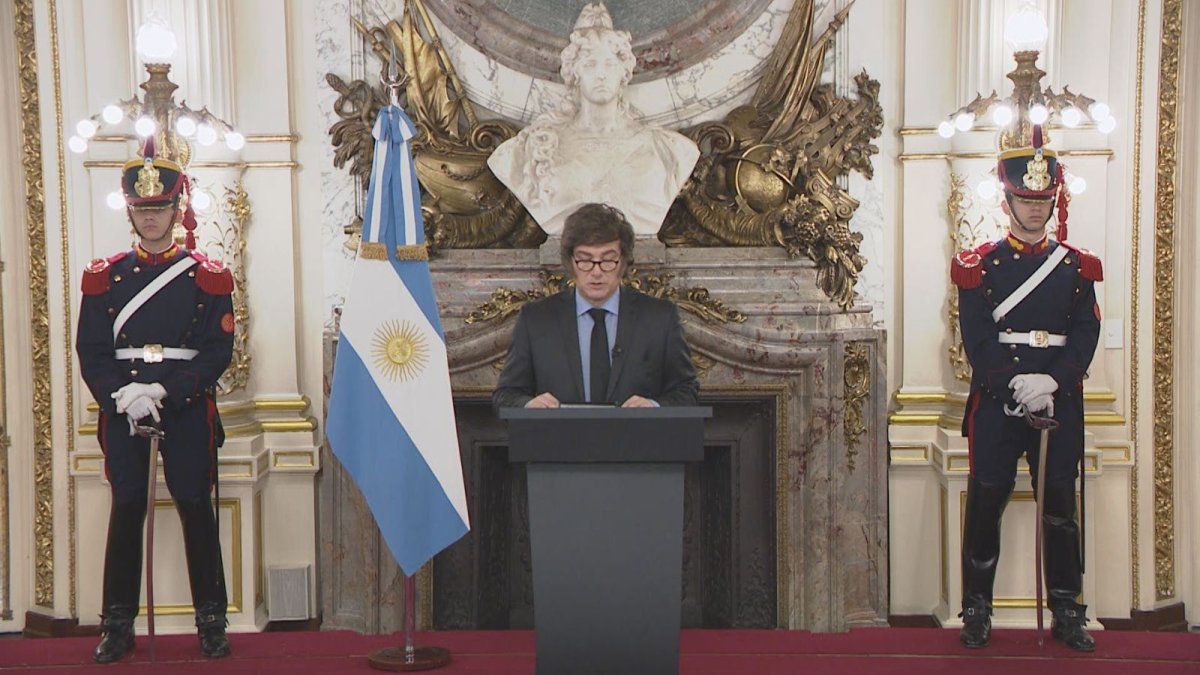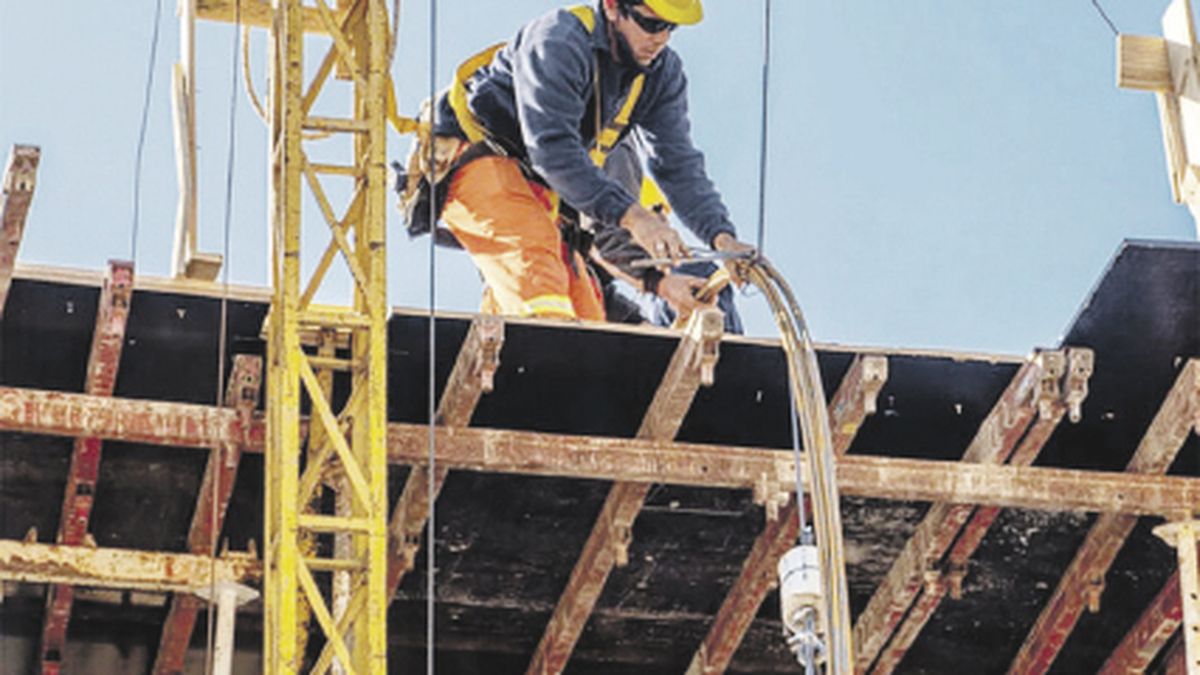Argentine economic and political history seems to oscillate between episodes of euphoria and collapse. In 1989, the collapse of the presidency of Raúl Alfonsín anticipated the delivery of power in a context of hyperinflation and lack of control of the markets. In 2001, Fernando de la Rúa faced an accelerated deterioration process that, despite having a Financial “armor” of US $ 20,000 million granted by the United States, He could not avoid default, bank run and institutional collapse. Todayfinished September 2025, the government of Javier Milei faces a disturbingly similar scenario: Electoral defeat in advance in Buenos Aires, a financial lifeguard of similar magnitude from the US treasure and a market in tension, with exchange volatility, fall of shares S&P Merval, auction of the dollar again, triggered the risk of country and risks of governance.
This article argues that, if a structural change in the coming weeks and months, Argentina could be aimed at a new crisis of comparable magnitude – or even superior – to those of 1989 and 2001. The analysis is supported by the current fiscal and financial figures, in the political dynamics for the mid -term elections of October 26, and in the historical lessons of the previous episodes.
The 1989 and 2001 mirror
In May 1989, Alfonsín suffered an electoral defeat that precipitated the end of his mandate. The lack of immediate support from the United States To hold international reservations unleashed an inflation and exchange spiral that ended in an anticipated delivery of power. Then De la Rúa received an assistance package of twenty billion dollars from the US Treasury, the so -called “armor.” Although he managed to postpone the default for a year, the defeat in the legislative of October 2001 left it without a political or financial support. The collapse was inevitable and culminated in its resignation in December.
Today, Milei faces the same equation: Partial electoral defeat in the province of Buenos Aires (September 7, 2025), American financial assistance for about twenty billion dollars and a crucial legislative election in just 26 days. As in the previous cases, The central dilemma is whether that help will be sufficient immediate to avoid a market run and a political-institutional collapse.
Crisis 2001 December 2001 Economic crisis Corralito de la Rúa Incidents Plaza de Mayo Domingo Cavallo
Cavallo, the Minister of Economy of the crisis in 2001.
Mario Mosca/Financial Field File
Key figures of the present
The macroeconomic context shows lights and shadows. The announcement of Secretary Besent that the US Treasury negotiates a swap line for twenty billion dollars with the BCRA is a support signal, even higher than the current agreement with China (18 billion, of which five billion have already been used). In turn, the American treasure promised to buy Argentine public debt, both in the primary and secondary market, facilitating liquidity on electoral eve.
Fiscal figures They show a primary surplus of 1.2 billion dollars to August, breaking most of the last budget, equivalent to 1.3% of GDP, but already by below 1.5% of 2024. The main fiscal balance was 290 million dollars (0.4% of GDP). In terms of 12 monthshe Primary surplus reached the 1.6% of GDPwhile The main prosecutor It was from 0.4%. However, Real collection fell 2.7% year -on -year in August and 6.3% intermensual (JP Morgan, 2025). The decline was widespread: (-38%) In foreign trade taxes, (-12.3%) in taxes to economic activity and (-2.4%) in Social Security.
Public expenditure accompanied the contraction (-6.4% intermensual), with historical minimums in capital spending, 19% reduction in social transfers compared to the 2017-2023 average, 27% drop in public consumption and 61% cut in economic subsidies. The projected surplus for 2025 was checked down, 1.5% of GDP, after the transient elimination of retentions to agriculture that implied a Loss of 1.5 billion dollars in income (0.2% of GDP).
In exchange matters, the BCRA managed to accumulate 12 billion dollars In the former four months of 2024thanks to the recession and payment in import fees. According to estimates, with a real exchange rate between 1,470 and 1,700 pesos per dollar, The public sector could buy about $ 6 billion annually (0.9% of GDP). However, This accumulation is fragile in front of the external maturities calendar and political uncertainty.
Governance in Jaque
Governance is another friction point. Until September, Milei dictated 71 DNU and presented 33 bills, with ten vetoes (nine total). Three of those vetoes were rejected by Congress on September 17 and 18, triggering turbulence in the markets. In the Senate, the opposition threatens to achieve the two thirds necessary to reverse more vetoes, including those linked to health and universities. The official coalition lacks majority in both chambers and barely aspires to a third of deputies after the elections, enough to hold vetoes, but insufficient to approve background laws without alliances.
United States, as in 2001, conditions its support to three elements: win the October elections, put together a political alliance with dialoguist sectors (Pro, Pichetto, López Murphy and governors of the “third space”) and reduce China’s influencedisarming the current swap in yuan. The electoral dispute and geopolitical pressure add fuel to a high vulnerability scenario.
Milei travels again to see Trump in just one week Because it is at a historical crossroads. The American lifeguardthe slight positive fiscal figures and the moderation of food inflation-If the salvage comes quickly, grant oxygen in the short term. However, the deterioration of collection, the fragility of social spending and the absence of a stable political coalition replicate, almost in mirror, the patterns of crisis of 1989 and 2001.
If the mid -term election of October 26 leads to a significant defeat, the risk of financial lack of control and political collapse becomes imminent. Argentina could enter the vicious circle of loss of reserves, exchange run and institutional fracture. History teaches that external shields do not replace internal governance. The magnitude of the potential crisis, if the course was not corrected, could be equal to or greater than that of the episodes that marked the last four decades. The déjà vu is in sight: The outcome will depend on whether the government manages to capitalize on external support and build political consensus before the dynamics of markets and politics drag it towards an already known outcome.
*The author is a Doctor of Political Science, on YouTube: @DRPABLIGANI, in X: @Pabitigani
Source: Ambito
David William is a talented author who has made a name for himself in the world of writing. He is a professional author who writes on a wide range of topics, from general interest to opinion news. David is currently working as a writer at 24 hours worlds where he brings his unique perspective and in-depth research to his articles, making them both informative and engaging.




